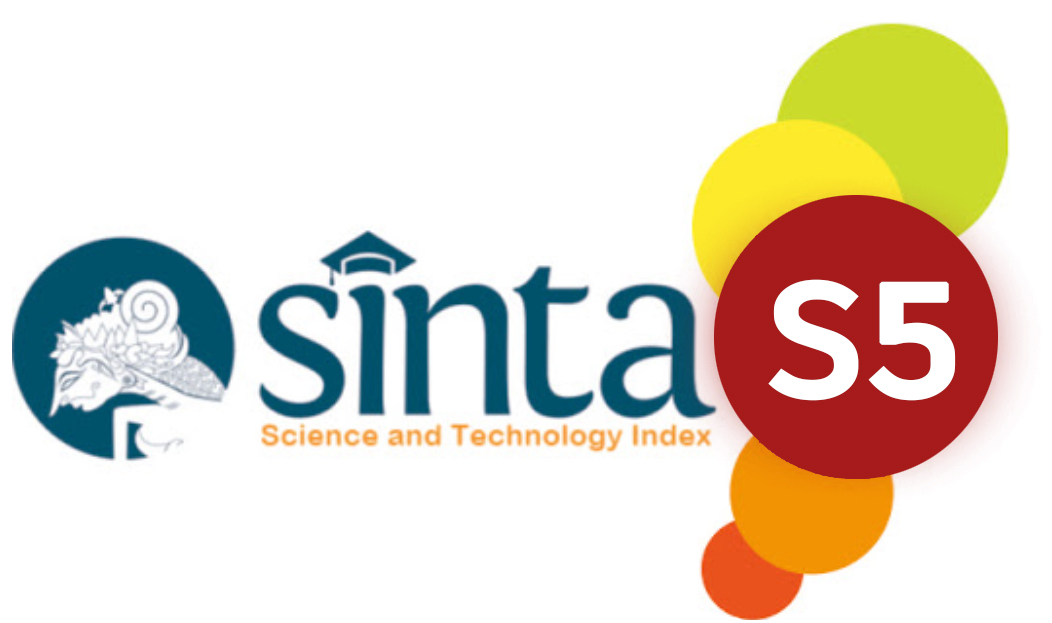MANAJEMEN HIPERTENSI GESTASIONAL: PENDEKATAN ASUHAN KEFARMASIAN
DOI:
https://doi.org/10.59003/nhj.v4i10.1378Keywords:
Childbirth, Gestational Hypertension, Pregnant WomenAbstract
Gestational hypertension is a condition characterized by an increase in blood pressure that occurs during pregnancy, usually after the 20th week. According to data from the World Health Organization (WHO), gestational hypertension affects approximately 6-8% of all pregnancies worldwide, making it one of the leading causes of maternal morbidity and mortality. This case study aims to analyze the therapeutic management of gestational hypertension in pregnant women according to the literature, following the principles of Evidence-Based Medicine (EBM). The presentation of this case study is expected to provide an approach to the management of gestational hypertension in pregnant women, in line with Pharmaceutical Care, to improve the quality of life for both mother and fetus. This research is a case report that uses a descriptive method by analyzing a patient's case. The analysis used to solve the problems in this patient's case uses the Subjective, Objective, Assessment, and Planning (SOAP) method. The subjective data analysis of the patient in this case includes a history of current illness, which is hypertension, a history of previous illness, which is hemorrhoids during the first childbirth, and a family history of illness, which is the patient's mother having a history of hypertension. The objective data obtained includes vital signs from March 7, 2018, which showed a blood pressure of 165/110 mmHg, body temperature of 36.8°C, pulse of 74 beats per minute, and respiratory rate of 22 breaths per minute. On March 8, 2018, the vital signs showed a blood pressure of 130/70 mmHg, body temperature of 36.8°C, pulse of 84 beats per minute, and respiratory rate of 22 breaths per minute. The laboratory examination results showed leukocytosis with a value of 13.4 Rb/MMK (normal value 4-11 Rb/MMK), elevated segmented neutrophils with a value of 76.3% (normal value 40-70%), and low blood sugar with a value of 65 (normal value 80-120). The assessment of the therapeutic dosage given to the patient, including Amoxicillin 500 mg 3 times a day to prevent infection, Nifedipine 10 mg 3 times a day to treat gestational hypertension, and Ultraproct N suppository 1 time a day to treat hemorrhoids, was found to be appropriate. The plan for the patient, Ny. E, includes continuing Nifedipine therapy until the target blood pressure is achieved (< 150/80-100 mmHg), dietary changes with a low-salt diet, and lifestyle modifications. In conclusion, the patient, Ny. E, experienced gestational hypertension with a blood pressure of 165/110 mmHg, which is classified as severe hypertension. The therapy given to the patient was found to be appropriate according to the guidelines.
Downloads
References
Aberg, J. A., Lacy, C. ., Amstrong, L. ., Goldman, M. ., & Lance, L. L. (2009). Drug Information Handbook (17th ed.). Lexi-Comp.
American College of Obstetricians and Gynecologists. (2013). Task Force on Hypertension in Pregnancy, Hypertension in Pregnancy: Report of the American College of Obstetricians and Gynecologist Task Force on Hypertension in Pregnancy Obstet Gynecol. PubMed, 122(5), 1122–1131.
Berg, C. J., Wilkins, I., & Koonin, L. M. (2019). “Preventing maternal mortality: A review of the literature.” American Journal of Obstetrics and Gynecology, 220(1), 1–10.
Cunningham, F., Leveno, K., & Bloom, S. (2003). Gestational Hypertension and Preeclampsia (23 nd). Williams Manual of Pregnancy Complications, New York-McGraw-Hill.
Cunningham, F., Leveno, K., Bloom, S., Hauth, J., Rose, D., & Spong, C. (2010). Pregnancy Hypertension (W. Obstetric (ed.); 24th ed.). New York: McGraw-Hill.
Food and Drug Administration. (2020). Medication Use During Pregnancy. Silver Spring: Food and Drug Administration.
National Institute of Child Health and Human Development. (2020). High Blood Pressure During Pregnancy. Bethesda: National Institute of Child Health and Human Development.
Podder, V., Lew, V., & Ghassemzadesh, S. (2023). SOAP Notes. In StatPearls Publishing.
Redman, C. W. G. (2015). Hypertension in Pregnancy: the NICE Guidelines. University of Oxford Biomedical Research Centre, 97, 1967–1969.
Rowe, T., Senikas, V., & Pothier, M. (2008). Diagnosis, Evaluation, and Management of the Hypertensive Disorders of Pregnancy. Journal of Obstetrics and Gynecology Canada, 30(3).
Sibai, B. M., Dekker, G., & Kupferminc, M. (2015). Pre-eclampsia. The Lancet, 387(10022), 999–1011.
Surya, S., Nasif, H., & Upadayani, S. (2022). PROFIL PENULISAN CATATAN PERKEMBANGAN PASIEN TERINTEGRASI (CPPT) APOTEKER DI INSTALASI RAWAT INAP (IRNA) NON BEDAH DI RSUP DR. M. DJAMIL PADANG. JPPIE, 01(01), 110–115.
Valentine, A. R., Carvalho, B., Lazo, T. A., & Riley, E. . (2015). Scheduled Acetaminophen with As-needed Opioids Compared to As-needed Acetaminophen Plus Opioids for Post-Cesarean Pain Management. International Journal Obstetric Anesthesi: Elsevier, 24, 210–216.
WHO. (2012). WHO recommendations for the prevention and treatment of postpartum haemorrhage. WHO Library Cataloguing-in Publication Data.
WHO. (2021). Hypertensive disorders in pregnancy. WHO.
Yang, H. K. (2014). Hemorrhoids. Springer Science & Bussines Media. https://books.google.co.id/books?id=wX7BBAAAQBAJ&pg=PA49&lpg=PA49&dq=fluocortolone+1+mg+and+lidocaine+Hcl+40+mg+suppositories+for+hemorrhoid&source=bl&ots=Pu_I1YNqaF&sig=ACfU3U3jjn14JOzdERIRLqAjWxbQSGu8qA&hl=id&sa=X&ved=2ahUKEwjvzPnXtInhAhUbSX0KHb4BDvkQ6AEwA3oECAcQAQ#v=onepage&q=fluocortolone 1 mg and lidocaine Hcl 40 mg suppositories for hemorrhoid&f=false
Downloads
Published
How to Cite
Issue
Section
License
Copyright (c) 2025 Sitta Hasanatin Sholihah

This work is licensed under a Creative Commons Attribution-NonCommercial-ShareAlike 4.0 International License.
NHJ is licensed under a Creative Commons Attribution-NonCommercial-ShareAlike 4.0 International License.
Articles in this journal are Open Access articles published under the Creative Commons CC BY-NC-SA License This license permits use, distribution and reproduction in any medium for non-commercial purposes only, provided the original work and source is properly cited.
Any derivative of the original must be distributed under the same license as the original.
























